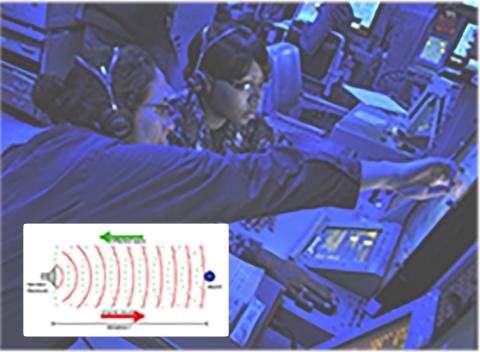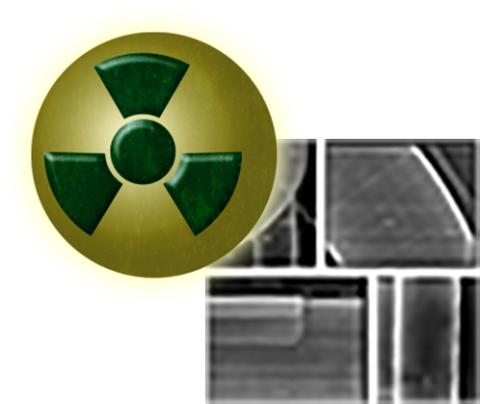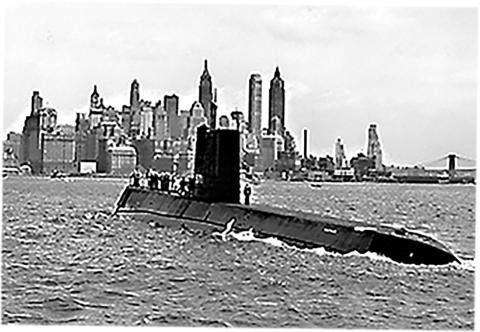ONR Historical Timeline 1920-1930
-
NRL Commissioned
July 2, 1923
Sometimes called the Father of Modern Invention, Thomas Edison conceived the idea of "a great research laboratory" in the middle of World War I, which eventually led to the creation of the Naval Research Laboratory on July 2, 1923. One of Edison's greatest legacies, NRL was the first modern research institution created within the U.S. Navy.
-
Sound Navigation and Ranging (SONAR)
Image
During World War I, the Naval Consulting Board sponsored efforts to develop underwater listening devices. Just after the war, the research station at Annapolis came up with the first effective U.S. hydrophone (passive sonar) system. In the 1920s and early 1930s, the Naval Research Laboratory included three scientists, most notably Harvey Hayes, who studied underwater sound and developed an improved sonic depth finder as well as the first U.S. active sonar, the QA system. Hayes also worked with scientists from several government agencies to establish an oceanographic office within the Department of the Navy.
-
Remotely Flown Pilotless Aircraft
Image
Sept. 15, 1924
In 1922, Department of the Navy engineers began retrofitting a Curtiss aircraft for pilotless radio-controlled flight. In 1923, the project transitioned to the newly created Naval Research Laboratory. On Sept. 15, 1924, the single, 150-horsepower engine was started and the pilotless plane taxied onto the Potomac for its maiden unmanned flight, which lasted 40 minutes. Executing all but one of the 50 radio-transmitted commands—a right-turn—the plane landed safely.
-
Gamma-Ray Radiography
Image
Gamma-ray radiography was used by the Naval Research Laboratory as a shadowgraphic technique to investigate the extent of suspected flaws in the sternpost castings and welds of new U.S. Navy heavy cruisers. This innovation improved the production of high-quality steel for armor, ship frames and fittings.
-
Nuclear Submarine
Image
Soon after the discovery of atomic fission, Enrico Fermi addressed a meeting of Navy officials and civilian scientists. While other meeting participants dreamed of nuclear weapons, the Naval Research Laboratory's Ross Gunn envisioned using nuclear power for submarine propulsion. His efforts would make NRL the first to conceive, propose and investigate this revolutionary concept. The atomic-powered submarine would become one of the most formidable weapons systems ever devised.

